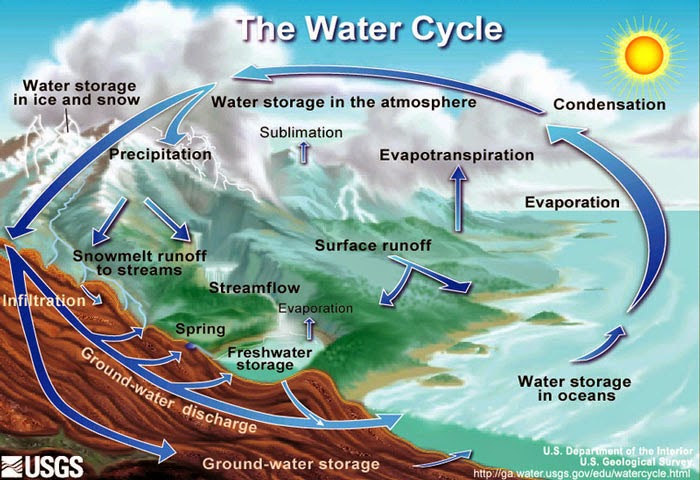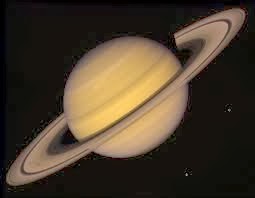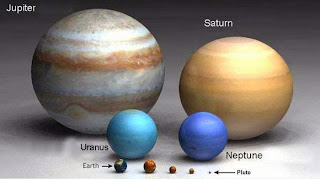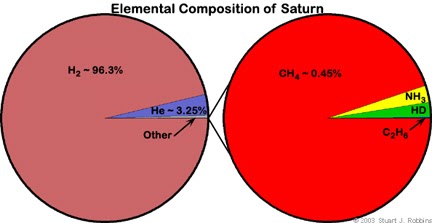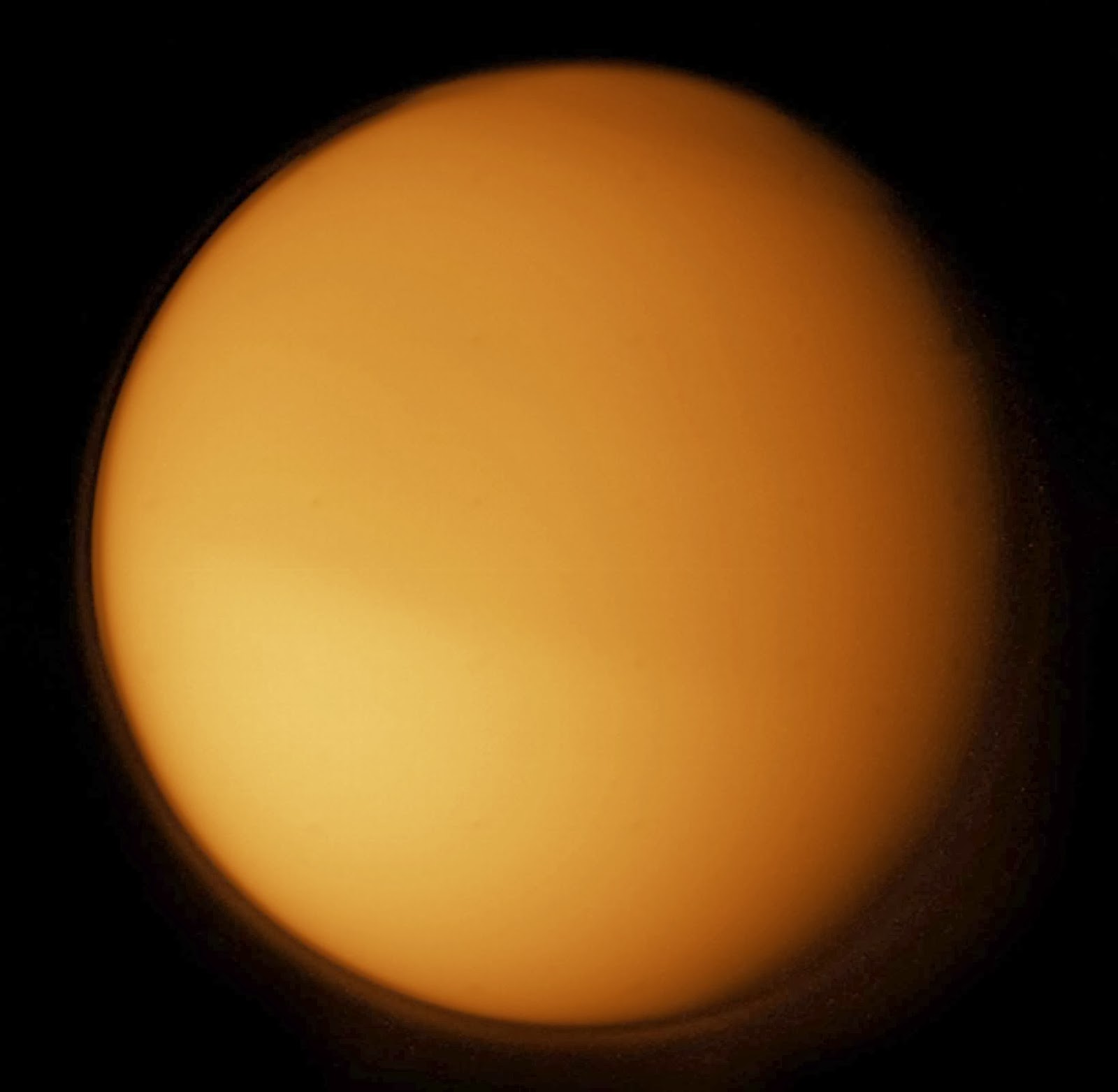The Water Cycle!
Hello everyone, and welcome to... Meapz4Science! I know I haven't been posting a lot of blogs lately, but I'm back! This one is going to be very short, but it's about the very thing that helps us live. It is... The Water Cycle! So, let's get started!
Alright, first we will start in the ocean. Water molcules are always moving around. Sometimes, some molecules are moving fast enough to become vapor. But, with the help of our good friend the sun, A lot more water can turn into vapor. This is called Evaporation. It's sort of like steam that is produced in a boiling pot of water. That is just one step, so let's move on!
So now the little water droplets have turned into vapor, and are rising into the sky. The air up high is much cooler than it is down on the surface. The water vapor cools down and turns back into water to form clouds. This is called Condensation. It's like if you have iced water out on a hot day, and water collects on the outside of the glass. Let's move on now!
Alright, The clouds are now getting heavier and heavier. Eventually, the clouds get too heavy, and it rains. This is called Precipitation. Precipitation is also rain, snow, sleet, or hail. Some precipitation like rain can be good and water crops. Other kinds of precipitation, like hail, is destructive and can destroy houses. Well, now let's go to the next step!
The next step isn't really a step. It's called collection. Collection is when the precipitation goes into rivers and lakes and stuff (So, it collects). Sometimes it flows into the ocean.
So, how does this even relate to the climate? Well, it is constantly recycling water, so we can use it again. It can also cause droughts and floods. Think of the water cycle as a huge recycling process.Well, that's all for today. I'm Emma The Meap, and I will see you next time. BYE!!!
